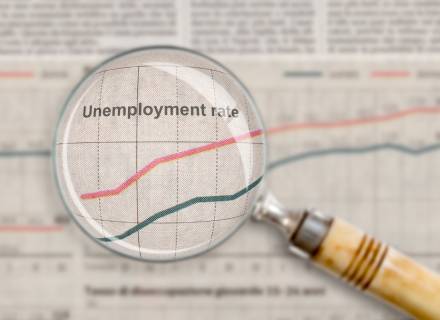The number of new claims for unemployment benefits in the United States decreased in the final week of June 2024, which may assuage concerns about a significant change in the labour market.
The Labour Department recently said that initial claims for state unemployment benefits decreased by 6,000 to a seasonally adjusted 233,000 for the week ending June 22. This Juneteenth National Independence Day was one of the new holidays included in the claims data. Public holidays tend to be a tumultuous time for claims.
They had reached the peak of 2024’s 194,000–243,000 range. There is disagreement among economists over whether the current spike in claims is indicative of an increase in layoffs or of the same volatility seen at this time last year.
Claims are still at historically low levels, and the Federal Reserve has raised interest rates by 525 basis points since 2022 to contain inflation. However, there are concerns that employers may be increasing layoffs as the economy contracts.
The economy grew less quickly in the first quarter, as the Joe Biden government affirmed in a different report.
In its third estimate of GDP for the January–March 2024 quarter, the Commerce Department’s Bureau of Economic Analysis said that the overall GDP grew at a slightly upwardly revised 1.4% annualised pace last quarter.
Prior estimates of the growth pace were 1.3%. The fourth quarter saw a 3.4% growth in the GDP. Since July 2023, the US central bank has kept its benchmark overnight interest rate within the current range of 5.25% to 5.50%.
According to the claims report, during the week ending June 15, the number of people getting benefits after an initial week of aid, a proxy for hiring, increased by 18,000 to a seasonally adjusted 1.839 million. The government conducted a household survey in June 2024 to determine the unemployment rate, and this data, known as the continuing claims data, covered that month.
In May, the unemployment rate increased to 4.0% for the first time since January 2022. However, most economists argued that the growth was concentrated in the 35–44 age bracket, recent immigrants, and specific industries and that the rate at its current level did not pose a threat to the labour market.
Oxford Economics senior economist Ryan Sweet said, “Even though job growth will decelerate, it will remain sufficient to preclude a major and broad-based increase in the unemployment rate.”

